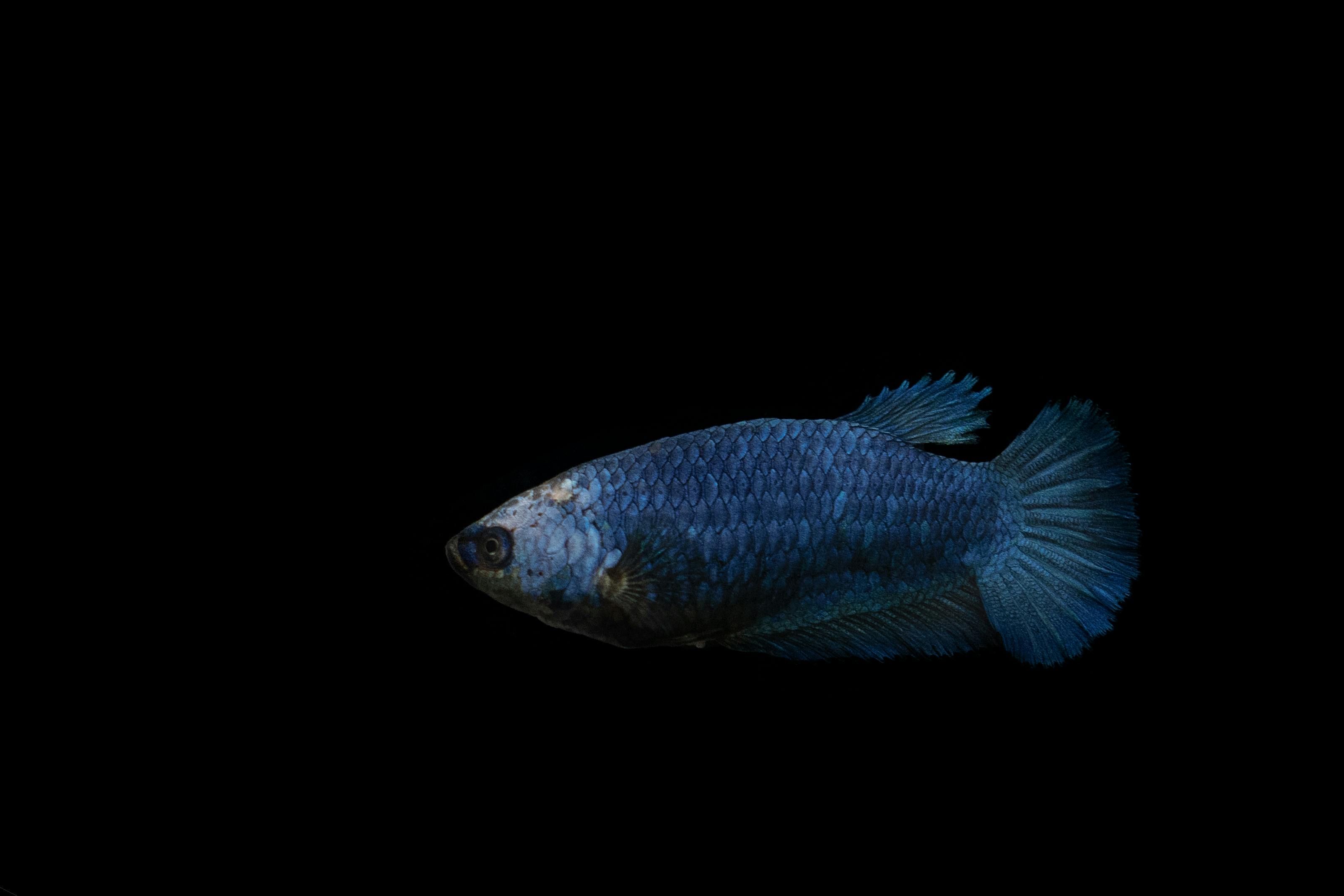Smart Ways to Improve Your Tropical Fish Drawing Skills in 2025

Smart Ways to Improve Your Tropical Fish Drawing Skills in 2025
As the world of art continues to evolve, exploring the vibrant realm of tropical fish drawing offers a delightful escape into the wonders of marine life. Whether you're a beginner or an experienced artist, enhancing your tropical fish drawing skills can be both enjoyable and fulfilling. This article will delve into various techniques and approaches to help you master the art of tropical fish, from understanding their anatomy to utilizing effective drawing techniques. With the right guidance, you will transform your tropical fish art into captivating pieces that reflect the beauty of these aquatic creatures.
We'll explore effective ways to draw everything from colorful fish sketches to realistic fish drawings, providing tips on techniques like watercolor painting and line art. We'll also discuss how to engage with the creative process and develop your unique artistic style. So, grab your drawing supplies and let's dive into the world of tropical fish!
Understanding Tropical Fish Anatomy for Better Drawings
Building a solid foundation in tropical fish anatomy is crucial for creating realistic and engaging drawings. Understanding the structure of these creatures will help you accurately depict their form, movement, and behavior.
Essential Fish Anatomy Features
Every fish comprises several key components, including gills, fins, scales, and tails. Knowing how these elements interact allows you to create exotic fish outlines that resonate with authenticity. Pay attention to the shapes and textures of each anatomical feature.
Gathering Reference Materials
To enhance your understanding of fish anatomy, use references such as books, documentaries, and online resources. Look for marine biology illustrations that provide insights into various tropical fish species. Websites like example.com can offer visual aids that are helpful for your studies.
Practice with Fish Sketch Ideas
Getting comfortable with fish anatomy through practice is vital. Sketch from reference images and try to recreate the nuances of each fish species. Focus on the unique characteristics that define tropical fish, such as their vibrant colors and distinctive patterns.
Exploring Different Fish Drawing Techniques
Once you've grasped the foundational anatomy of tropical fish, it’s time to explore various drawing techniques. Each artist may have their preferred methods, so experimentation is essential.
Watercolor Painting for Fish Art
Watercolor painting is a favored medium for capturing the fluidity and vibrancy of marine life. Begin by layering light washes of color to build depth. Use aquatic watercolor techniques to enhance your works by mimicking water textures within your paintings.
Digital Fish Art Creations
In today's digital age, creating fish illustrations digitally can be an innovative way to enhance your skills. Software such as Adobe Illustrator or Procreate offers tools specifically designed for artists. Create dynamic backgrounds while focusing on your fish portrait techniques.
Line Art for Simplified Fish Designs
Creating fish line art can simplify your approach while still allowing room for creativity. Line art techniques can help you develop a unique style, which can be adapted to both cartoon fish illustrations and more realistic representations.
Incorporating Color Theory in Your Fish Art
Understanding color theory is essential in bringing your tropical fish art to life. By mastering color blending and palette selection, your artworks will become more vibrant and appealing.
Natural Color Palettes for Marine Life
Observe the natural habitats of tropical fish to inspire your color choices. Using natural color palettes promotes authenticity in your art. Document your findings and refer back to them when working on future pieces.
Shading Techniques for Depth and Realism
Shading plays a crucial role in adding depth to your drawings. Utilize techniques like gradients and stippling to depict the curvature of fish bodies and the play of light underwater. This not only enhances realism but also brings your fish sketches to life.
Coloring Tropical Fish: Practical Tips
When coloring your tropical fish sketches, experiment with various mediums. Watercolor provides a ghostly translucence, while colored pencils allow for intricate detailing. Explore how textures from different mediums affect the overall impact of your artwork.
Drawing Fish Scales and Fins: Techniques to Consider
When it comes to depicting fish, scales and fins are crucial to their identity. Drawing these features well can elevate your work from basic sketches to professional-quality pieces.
Techniques for Realistic Fish Scales
Focus on the texture and reflections of fish scales as they catch light. Implementing a variety of shading techniques will enhance their three-dimensional appearance. Utilize simple lines and dots within your sketch to capture their shimmer.
Rendering Fish Fins and Movement
Fish fins are instrumental for mobility, and drawing them effectively requires an understanding of water dynamics. Pay attention to the varying shapes and flexibility of different fin types when sketching to depict movement accurately.
Sketching Poses of Fish in the Water
To portray fish in various swimming poses, observe how they shift their bodies. This aids in capturing snapshots of aquatic life. With repeated practice, you’ll innovate unique ways to represent these delightful creatures.
Creating Unique Fish Drawings: Inspiration and Ideas
Once you’ve developed your skills in basic techniques, unblocking your creativity is essential for creating unique fish artworks. Dive into various inspirations and ideas to make your pieces stand out.
Exploring Tropical Fish Species
Research different tropical fish species and their habitats for inspiration. Each species carries its distinct colors and features, which can guide your creative journey. Sketch from nature or photos, focusing on their unique characteristics.
Incorporating Elements of Underwater Scenes
Adding backgrounds to your fish drawings can significantly enhance the storytelling element of your work. Incorporate elements of ocean life, such as corals, seaweed, or bubbles, to create a vibrant context for your illustrations.
Engaging in Children's Fish Art Activities
Consider engaging children in fish art activities to inspire creativity. Providing simple fish drawings and coloring pages fosters artistic expression, making it an enjoyable way to connect with the world of marine life.
Conclusion: Cultivating Your Artistic Journey
Improving your tropical fish drawing skills goes beyond just practicing techniques; it’s about synthesizing knowledge, creativity, and inspiration to produce art that resonates with the viewer. By diving into fish anatomy, exploring various techniques, assessing color theory, and gaining inspiration from the diverse aquatic world, you can refine your skills and create captivating illustrations.
Continue to challenge yourself and explore the vast universe of underwater life through your art. Remember, practice is key; embrace the journey and document your progress. With each drawing, you learn, grow, and express more of the beauty found in our oceans.

